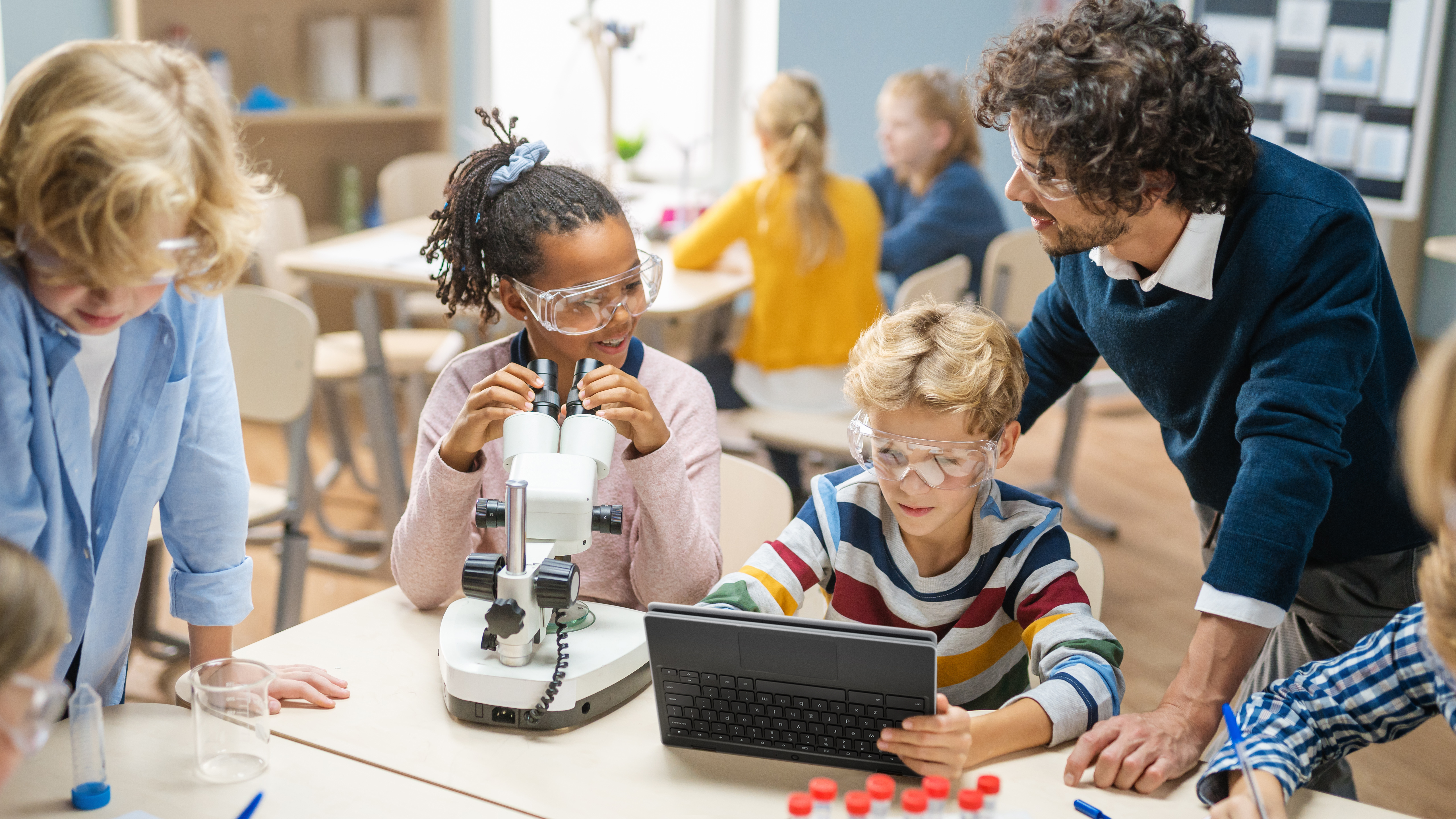From STEM to STEAM: How technology will bring the future of education to life

Education is under pressure to respond to a changing world. We’ve discussed at length how the COVID-19 pandemic has propelled educators to reimagine new ways of learning for students displaced from their classrooms, and the role that CTOs in education must play to facilitate the shift.
At the same time, the pandemic has made another thing crystal clear: that the workers of tomorrow must be able to handle the uncertainties of a dynamic and evolving economy. Schools have doubled down on science, technology, engineering and mathematics (STEM) teaching in response to the rising tide of digital jobs, but the future of work calls for graduates who are also creative, collaborative and innovative. In short, education must adapt.
The rise of “new collar” jobs
At first glance, the traditional emphasis on STEM education seems to be putting our students on the right track to the future of work. The US Bureau of Labor Statistics1 projects 8% growth for STEM and STEM-related occupations between now and 2029 – and these are lucrative jobs, fetching more than twice the median annual wages of non-STEM work.
Yet, a World Economic Forum2 report found that 65% of students entering primary school at that time would end up working in completely new job types that didn’t exist yet. In the upheaval that we’ve witnessed since the pandemic began, a LinkedIn study reported by CNBC3 revealed that companies are now also looking for – and struggling to find – candidates with soft skills such as critical thinking, problem-solving, adaptability and communication.
These are characteristic of what former IBM4 Executive Chairman Ginni Rometty coined “new collar” jobs, which focus on skills and capabilities rather than degrees or traditional career paths. While STEM education continues to be a cornerstone for students today, traditional approaches that center on individual learning and rote memorization cannot produce the creativity and ingenuity that is needed in our future.
From STEM to STEAM
So, how do we equip students with both the hard and soft skills needed in the economy of tomorrow? Increasingly, STEAM education is seen as the answer to this question.
Bringing the arts into STEM education is the central thrust of the STEAM model. The aim is to inspire students to think outside of the traditional boxes of science, technology, engineering and mathematics, using the creative arts and design thinking to apply STEM concepts to the real world.
In a STEAM classroom, students might use music or literature as a platform for programming, drawing lessons as a conduit to explore physical anatomy or urban-design concepts, or embark on collaborative projects that span classrooms and disciplines. Take LEGO® Education and NASA5’s 10-part series Build to Launch: A STEAM Exploration Series. The program makes use of interactive storytelling, open-ended prompts and engaging LEGO minifigures to get students to engage critically with the STEM-related challenges that real-world NASA teams deal with every day.
The National Assembly of State Arts Agencies6 found that students in the US do better on standardized tests when they were more active in the arts. But that’s not the be all and end all of STEAM education. Students benefit from the experiential learning – collaborating better with others and persisting in problem-solving as they work through the creative process. STEAM education helps students draw links between naturally – but not obviously – interconnected disciplines, fostering lateral thinking and creative instincts, skills which we know are in high demand today.
The technologies that bring STEAM to life
The right technologies will empower schools to deliver STEAM education in an authentic and integrated way. At the minimum, digital tools must support the creative flow and collaborative spirit encouraged by the STEAM model. Digitally-savvy students will expect laptops to have superior graphics performance to bring their lessons and designs to life. Online file-sharing and creative software suites, such as those from Autodesk and Adobe, will also be needed for them to draw up designs, craft storyboards and share ideas – even on the go.
Immersive technologies are already making inroads to the classroom. Devices such as virtual-reality (VR) headsets can transport students to anytime and anywhere on earth, bringing history to life as they explore historical landmarks right in front of their eyes. Interactive robots with cognitive functions have also been developed: they serve as platforms for learning anything from speaking and listening skills to block-based programming.
To deliver on their promise of technology-enhanced STEAM education, schools will need to invest in a robust technology foundation. Powerful workstations and edge devices are the building blocks of computationally-heavy workloads, especially as student expectations towards, for example, animation or 3D-rendering outcomes, become more sophisticated at the higher-education level. But there are lightweight options, including single-board computers (SBCs), which are emerging as compact and powerful tools for students to run tests and build prototypes.
STEAM education is first and foremost a philosophy: its approach to education prizes interdisciplinary ways of thinking. With that in mind, schools and educators should leverage the advanced technologies available to provide students with a full palette of tools. Only then will they be able to fully integrate the STEM curriculum with the arts, enrich students’ learning and prepare them for jobs of the future.

